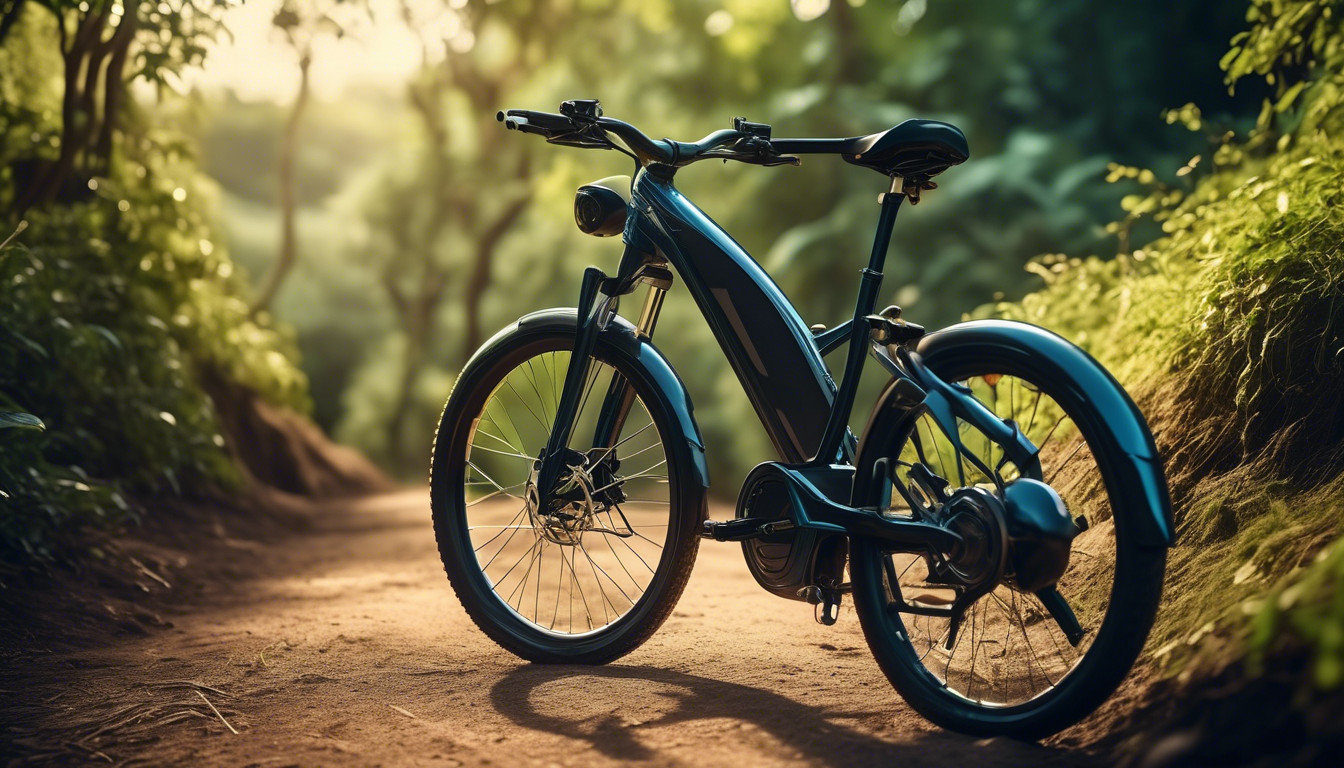
Written by Topcontent/AI
How to choose the best electric bicycle
As we stand on the brink of a transportation revolution, we find ourselves drawn to the exhilarating prospect of electric bicycles. They promise a blend of convenience, sustainability, and health benefits, making them an attractive option for our daily commutes and weekend adventures.
However, with the myriad of options available, choosing the best electric bicycle for our needs can be daunting. We understand the importance of balancing:
- Power
- Range
- Comfort
- Price
Additionally, it's crucial to consider the terrain we plan to conquer and the lifestyle we lead.
Together, we can navigate through the technical jargon and myriad features, focusing on what truly matters for our unique situations. By examining our needs and comparing the specifications, we can make informed decisions that will enhance our riding experience and contribute to a greener future.
Let's embark on this journey to find the perfect electric bicycle that aligns with our aspirations and supports our mobility goals.
Understanding Different Motor Types
When choosing an electric bicycle, we need to understand the three main motor types: hub, mid-drive, and friction. Each motor type offers distinct benefits and challenges, and selecting the right one depends on our intended riding conditions.
Hub Motors:
- Located in the wheel's center.
- Ideal for flat terrains and provide a balanced ride.
- Generally less expensive.
- Can be less efficient on steep hills.
Mid-Drive Motors:
- Positioned near the bike's bottom bracket.
- Offer superior torque and battery efficiency.
- Perfect for hilly terrains and variable riding conditions.
- Integrate seamlessly with the bike's gears, allowing us to make the most of our battery capacity.
Friction Motors:
- Attach to the bike's tire.
- Lightweight and portable.
- Great for those who occasionally need a boost without a permanent motor installation.
By understanding these motor types, we can tailor our choice to our specific riding needs, maximizing performance and ensuring a satisfying electric biking experience.
Evaluating Battery Capacity and Range
Battery Capacity and Range
When choosing an electric bicycle, it's essential to consider how battery capacity and range will impact your rides.
- A bike's battery capacity, typically measured in watt-hours (Wh), directly affects how far you can travel on a single charge.
- Align this with your expected riding conditions. For example:
- Frequent uphill rides or rough terrains demand more power, thus requiring higher capacity batteries.
- Smooth and level daily commutes might suffice with a smaller capacity.
Motor Types and Battery Capacity
Next, assess how different motor types interact with battery capacity.
- Hub motors are generally more efficient on flat surfaces.
- Mid-drive motors excel in hilly conditions.
Understanding these dynamics helps you maximize range.
Additional Factors
Consider additional factors like:
- Rider weight
- Speed preferences
These aspects also influence battery life.
Summary
To master the art of choosing an e-bike, evaluate the interplay between:
- Battery capacity
- Motor types
- Riding conditions
Ensuring your bike meets your specific needs is crucial for a satisfying riding experience.
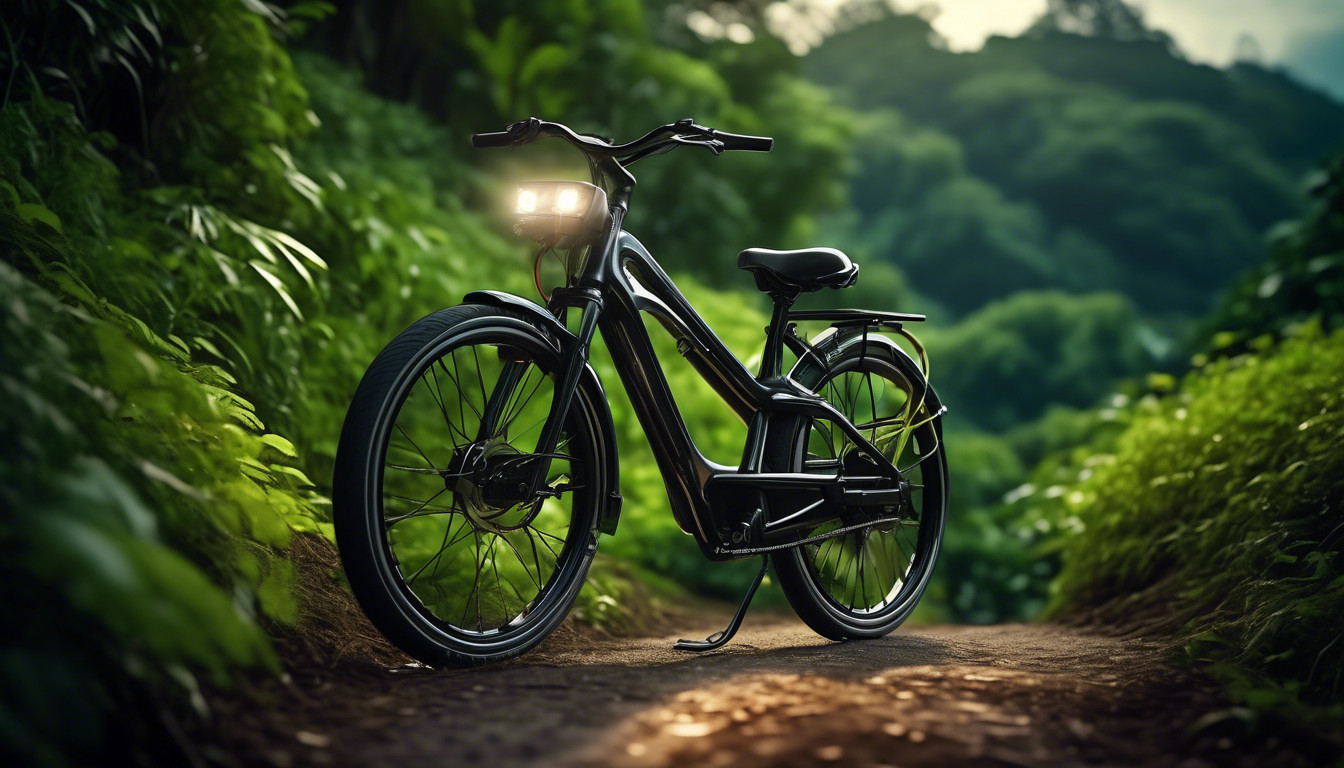
Prioritizing Comfort Features
When choosing an e-bike, we should prioritize comfort features that enhance the overall riding experience.
Motor Types and Ride Quality:
- Understanding how motor types influence ride quality is crucial.
- Mid-drive motors often provide a more balanced feel compared to hub motors.
- This balance can significantly affect handling, especially on varied terrains.
Battery Capacity:
- Battery capacity directly impacts how far we can travel comfortably without frequent recharging.
- A higher capacity battery ensures longer rides, allowing us to focus on enjoying the journey rather than worrying about the range.
Riding Conditions and Comfort Features:
- Riding conditions play a crucial role in determining which comfort features matter most.
- If frequently riding on bumpy or uneven surfaces, consider:
- Suspension systems—both front and rear—to smooth out the ride.
- An adjustable seat and ergonomic handlebars to improve posture and overall comfort during long rides.
By focusing on these comfort aspects, we ensure that our e-bike not only meets our practical needs but also provides a pleasurable and effortless riding experience.
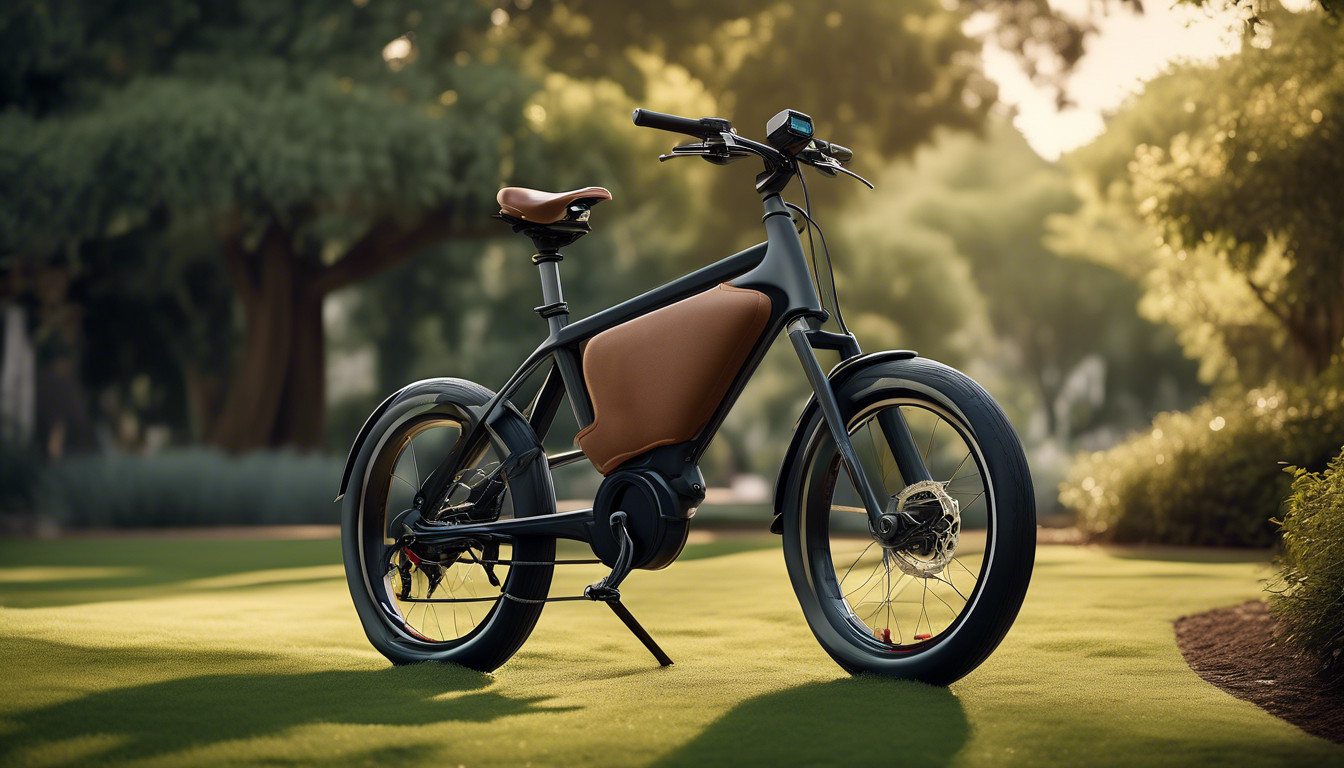
Setting a Realistic Budget
When setting a realistic budget for an e-bike, consider both upfront costs and long-term expenses.
Motor Types:
- Evaluate the different motor types available, such as hub or mid-drive.
- Mid-drive motors often offer better efficiency, ideal for those wanting a higher-performance ride.
- Mid-drive motors usually come at a higher cost.
Battery Capacity:
- A larger battery capacity means longer rides without frequent charging.
- However, a larger capacity also increases the initial investment.
- Consider how often and far you plan to ride to guide your choice.
Maintenance and Potential Upgrades:
- Higher-end bikes might require less frequent servicing, saving money over time.
- Consider the riding conditions you anticipate:
- For diverse terrains, investing in a durable model with adaptable features might be wise.
Conclusion:
- Align your budget with your expectations and needs to ensure a well-informed, satisfying investment.
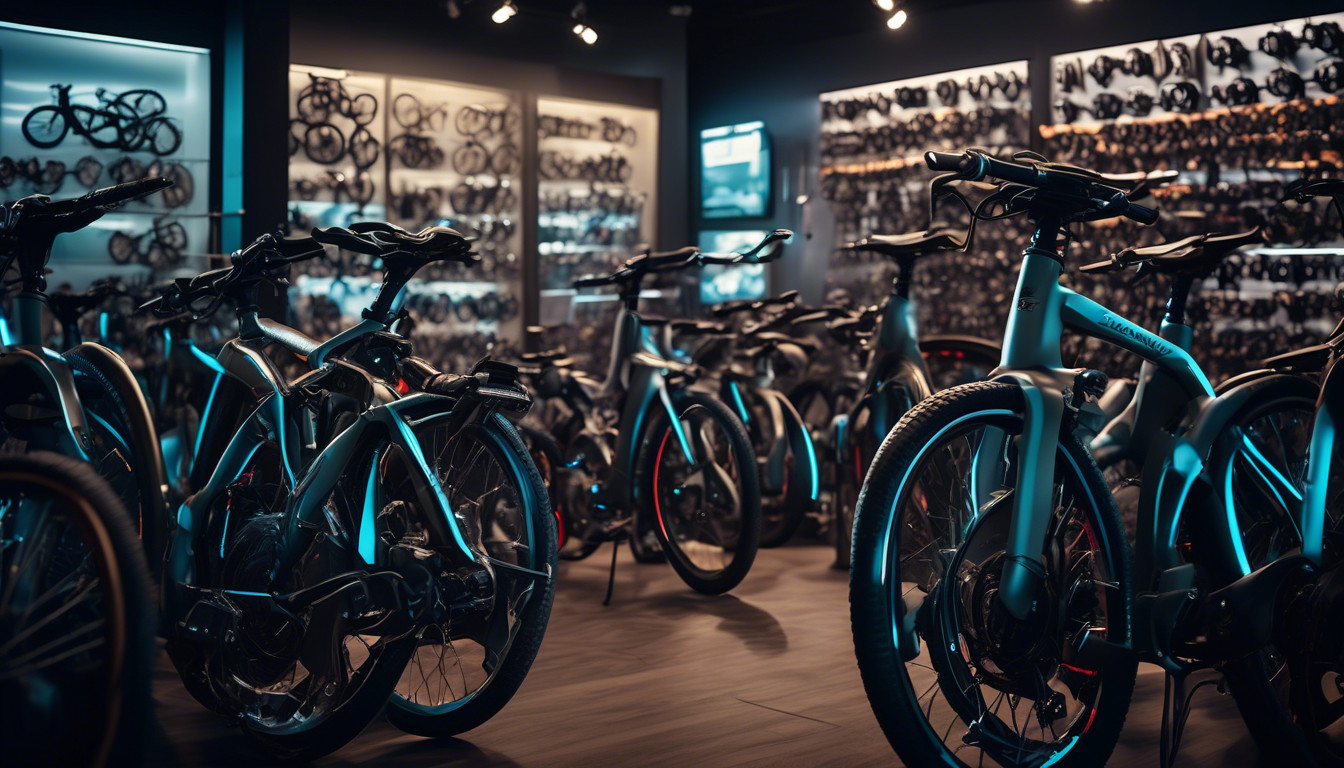
Considering Terrain and Riding Conditions
When choosing an e-bike, assessing different terrains and riding conditions is crucial to ensure the bike complements your environment.
Motor Type Considerations:
- For hilly terrains, a powerful mid-drive motor offers better torque and hill-climbing capability.
- For flat urban areas, a rear hub motor might suffice, providing adequate power with smooth acceleration.
Battery Capacity:
- Longer rides on challenging terrains require higher capacity batteries to maintain performance without frequent charging.
- If typical riding conditions involve steep or extended routes, opt for a battery with a larger watt-hour (Wh) rating to avoid being stranded mid-journey.
Resilience to Elements:
- If navigating through rain or mud, choose a bike with proper sealing and durable construction.
By analyzing your typical terrains and conditions, you can make informed choices that align the e-bike's capabilities with your riding aspirations.
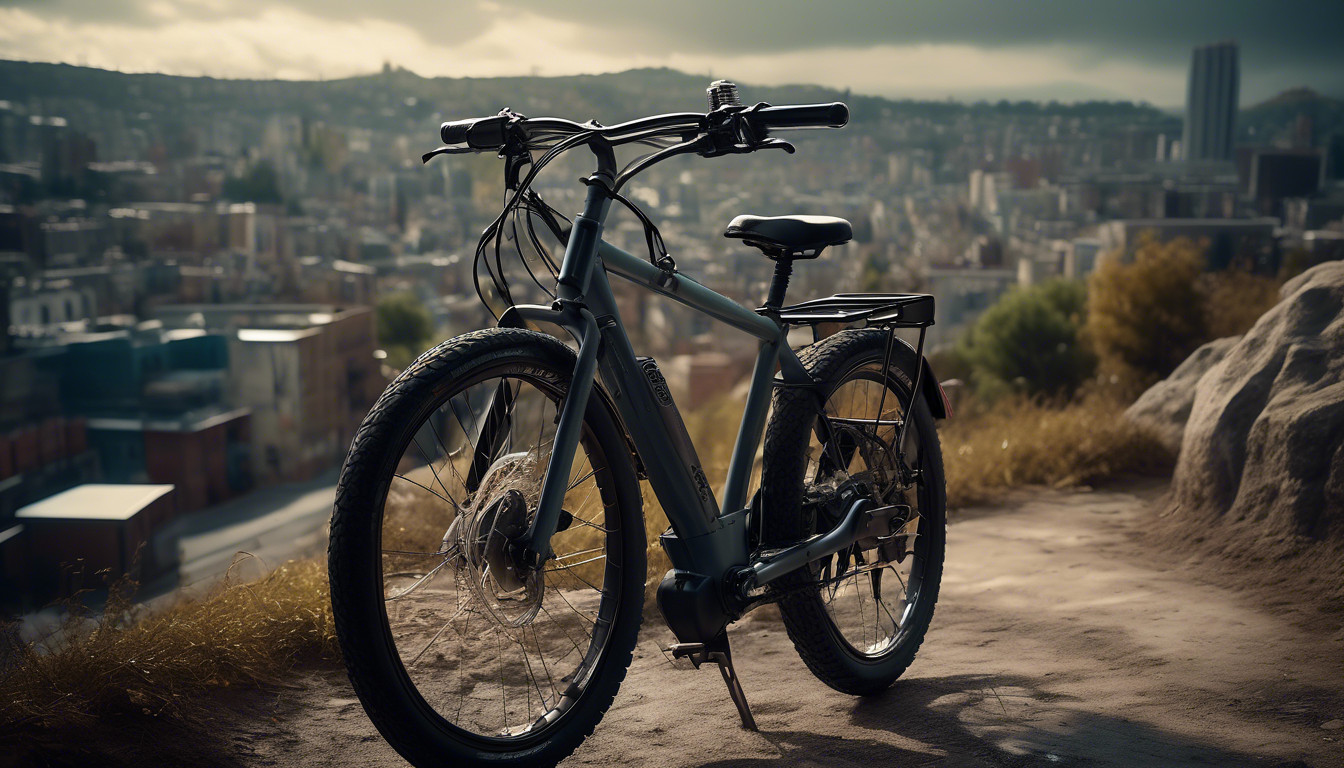
Matching Bike Style to Lifestyle
When selecting an e-bike, it's important to consider how different bike styles align with our daily activities and personal preferences.
City Commuting:
- If commuting through bustling city streets, consider a lightweight, foldable e-bike.
- Features to look for:
- Smaller motor for agility
- Easy storage capabilities
Off-Road Adventures:
- For those who crave off-road adventures, opt for a mountain e-bike.
- Key features include:
- Robust motor
- Larger battery capacity to handle rough terrains without frequent recharges
Understanding Motor Types:
- Hub Motors:
- Offer a smooth, quieter ride
- Ideal for flat and urban riding conditions
- Mid-Drive Motors:
- Provide better balance and power distribution
- Perfect for hilly areas or long-distance rides
Battery Capacity:
- Higher capacity batteries are suited for longer trips and varied riding conditions.
- Lower capacity batteries may suffice for short, daily commutes.
By aligning our e-bike choice with our lifestyle, we can maximize our riding experience and enjoy the most benefits from our e-bike investment.
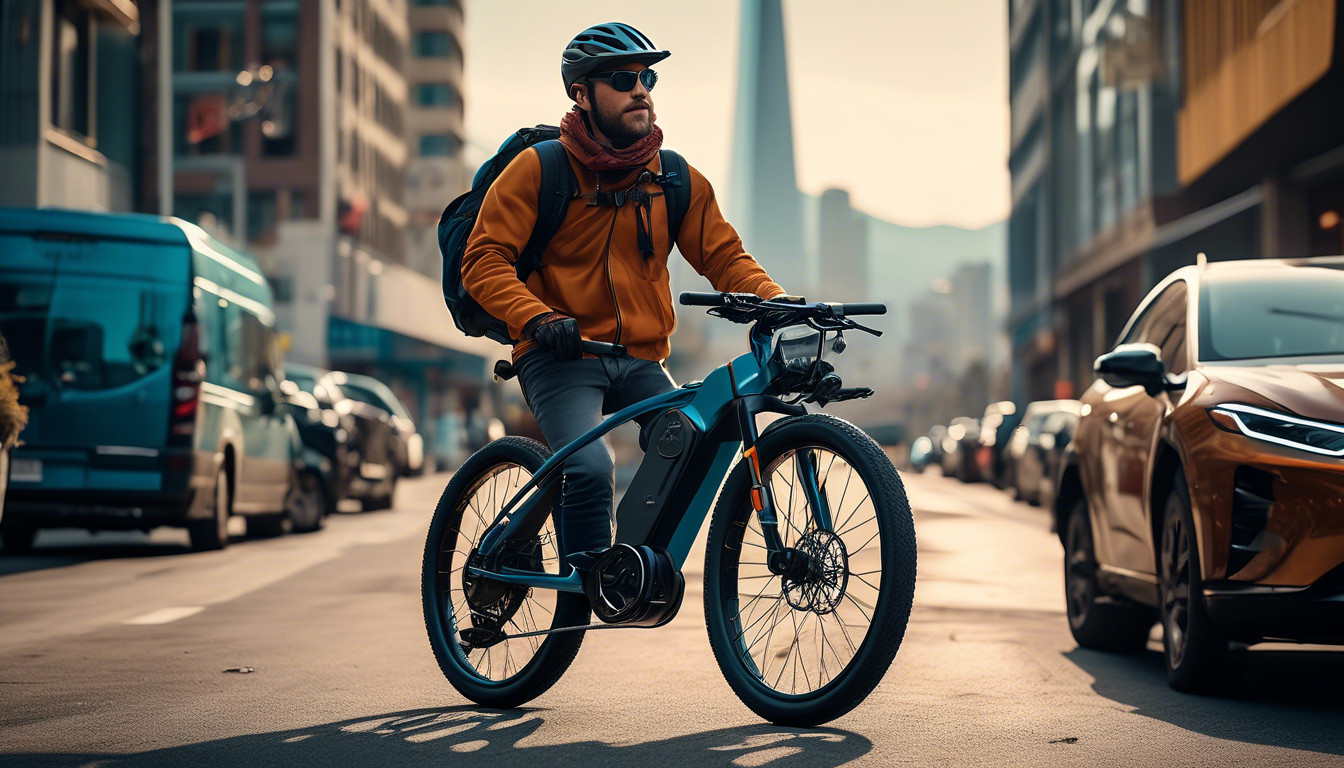
Researching Brand Reputation
When choosing an e-bike, it's crucial to research brand reputation to ensure quality and reliability. A reputable brand often reflects years of innovation and customer satisfaction.
Key factors to consider include:
- Motor types
- Battery capacity
These elements can significantly affect performance and longevity, especially under various riding conditions. Brands known for their robust motor systems and high-capacity batteries tend to deliver:
- Consistent power
- Longer rides
These are crucial for those aiming to master e-bike selection.
In our quest for the best, prioritize brands with:
- Positive reviews
- Proven track records
Engage with online communities, read testimonials, and scrutinize expert reviews for insights into real-world performance.
Ultimately, a strong brand reputation serves as a reliable indicator of an e-bike's ability to withstand diverse riding conditions and meet performance expectations.
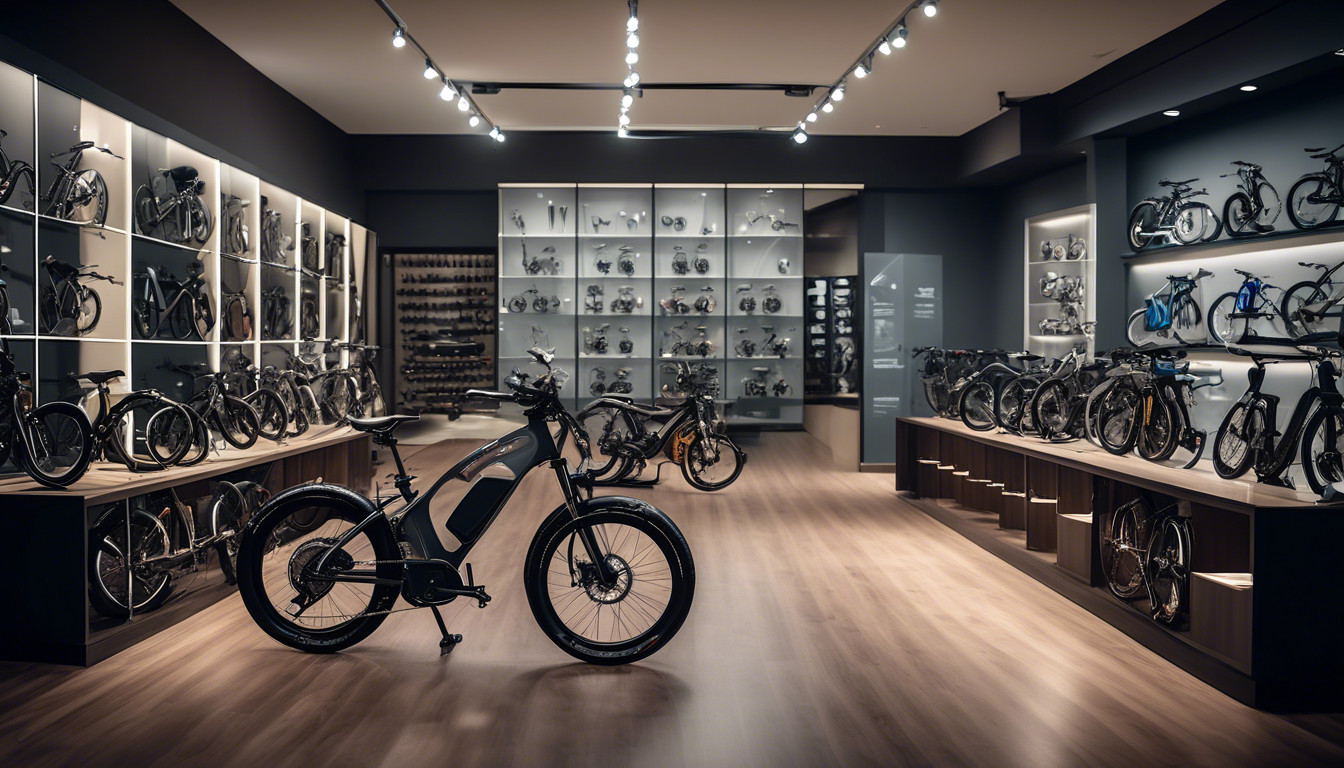
Test Riding and Comparing Models
Let's take the time to test ride and compare various e-bike models to find the perfect fit for our needs. As we embark on this exploration, it's crucial to focus on motor types, battery capacity, and riding conditions. Each e-bike model offers a unique combination of these elements, directly influencing performance and suitability.
Motor Types:
- Hub Motors: Provide a smooth, stealthy ride.
- Mid-Drive Motors: Offer more torque and better handling on varied terrains.
Test riding both types will reveal how they respond to our riding style and environment.
Battery Capacity:
- Higher capacity means longer rides without recharging.
- May add additional weight.
It's essential to balance this with our typical riding conditions—whether they involve long commutes or leisurely weekend rides.
By comparing how these models perform under different scenarios, we can identify which e-bike aligns best with our aspirations for efficiency, comfort, and control.
Test riding isn't just trial; it’s a step towards e-bike mastery.
What are the maintenance requirements for an electric bicycle?
Maintaining Electric Bicycles: Key Practices
To ensure our electric bicycles remain in top condition and deliver optimal performance while enhancing their longevity, we focus on several maintenance activities:
-
Tire Pressure: Regularly check and adjust the tire pressure to the recommended levels.
-
Brakes: Inspect brake pads and functionality to ensure they are in good working order.
-
Chain Lubrication: Keep the chain well-lubricated to prevent rust and ensure smooth operation.
-
Battery Care: Keep the battery charged and check it for any signs of damage or wear.
-
Cleaning: Clean the bike thoroughly after rides to remove dirt and debris.
-
Cables and Connections: Inspect cables and connections routinely for any wear and tear.
By adhering to this maintenance routine, we can enjoy smooth and worry-free rides. Regular care and attention are crucial for maintaining the performance and longevity of our electric bicycles.
How does the warranty differ between various electric bicycle manufacturers?
Warranties vary among electric bicycle manufacturers. Understanding these differences is crucial when making a purchase.
Key factors to compare:
- Coverage lengths: Determine how long the warranty lasts.
- Included components: Identify which parts of the bicycle are covered.
- Limitations or exclusions: Be aware of any specific conditions or parts not covered.
Take the following steps to make an informed decision:
- Fully grasp the warranty terms for each brand.
- Compare these terms across different manufacturers.
- Consider how these factors protect your investment in the long run.
This knowledge will help you make an informed decision and protect your investment.
What are the safety features to look for in an electric bicycle?
When choosing an electric bicycle, safety features are crucial.
Key Safety Features to Consider:
-
Reliable Disc Brakes: Ensure the bike has high-quality disc brakes for effective stopping power.
-
Bright LED Lights: Look for models with bright LED lights to improve visibility, especially in low-light conditions.
-
Sturdy Frames: A strong and durable frame is essential for stability while riding.
-
Good Suspension System: This helps absorb shocks and bumps, providing a smoother ride.
Additional Safety Extras:
- Reflective Strips: Increase visibility to other road users.
- Mirrors: Enhance your ability to see traffic coming from behind.
Prioritizing these features will enhance your riding experience and keep you safe on the road.
Written by Topcontent/AI
Article created by Topcontent/AI
Try us out for free. Input a keyword you want to rank on, and we will create the article while you sign up.